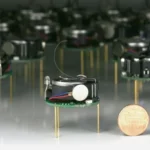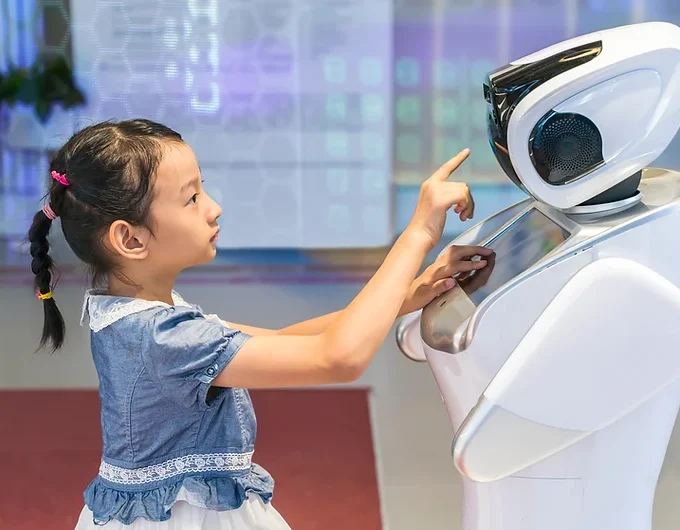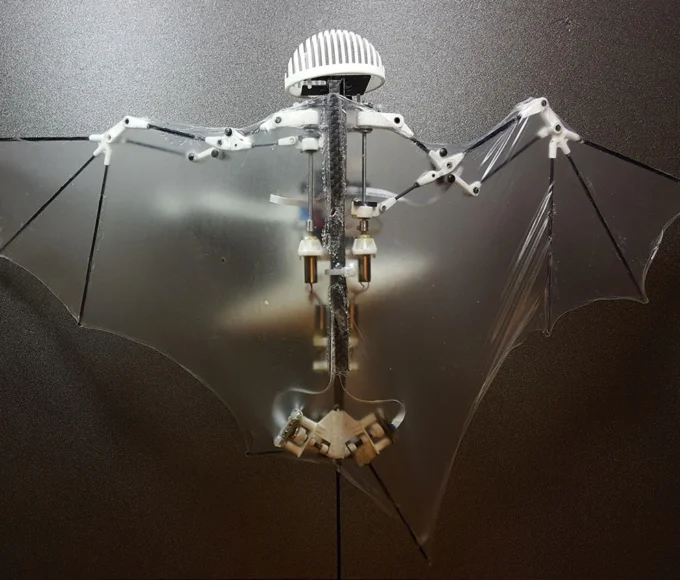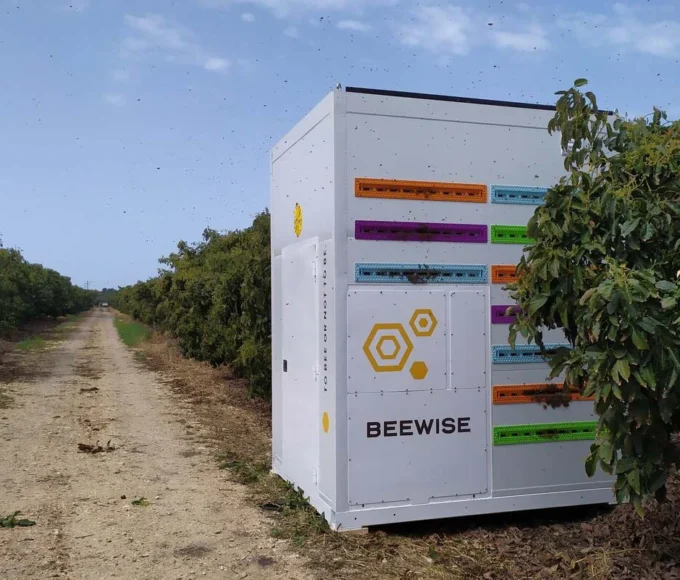In our quest to create ever more advanced robots, scientists and engineers have looked to the natural world for inspiration. Bio-inspired robotics is all about learning from the amazing designs and functionalities found in nature to craft machines that can mimic living creatures’ elegance and efficiency. By borrowing insights from various biological systems, these incredible robots are set to revolutionize industries across the board, from medicine and agriculture to search and rescue missions.
Drawing Inspiration from Nature:
Bio-inspired robotics is like having a mentor in the natural world, teaching us the ropes of how to build robots with incredible capabilities. Instead of just following rigid blueprints, we look to animals, plants, and even tiny microorganisms for ingenious solutions to our engineering challenges. Check out some of the fantastic examples:
Bionic Wings: By studying the way birds fly, we’ve developed drones and aerial robots that can soar through the skies with unparalleled agility and energy efficiency.
Gecko-Inspired Adhesion: Taking cues from the sticky properties of gecko feet, we’ve crafted climbing robots that can scale vertical surfaces with ease, making inspections and repairs a breeze in hard-to-reach places.
Cheetah-like Running: Imagine robots with legs inspired by cheetahs, enabling them to achieve incredible speeds and maintain their balance, ideal for daring search and rescue missions or tackling hazardous terrain.
Swarm Intelligence: Inspired by the way ants and bees work together, we’ve created robot swarms that can collaborate on tasks and adjust to changing conditions seamlessly.
The Perks of Bio-inspired Robotics:
Versatility: Bio-inspired robots are like the “Jack-of-all-trades” in the robotics world. Their adaptability lets them traverse various terrains, making them perfect for exploring tricky places like disaster-stricken areas or even otherworldly surfaces.
Efficiency: By copying nature’s energy-efficient designs, bio-inspired robots can keep on going for longer without constant recharging or refueling.
Resilience: These incredible machines can repair themselves when needed, making them durable and cost-effective in the long run.
Ethical Advancements: With nature as our guide, we ensure our robots are designed with ethics in mind, fostering a harmonious relationship between technology and the environment.
Bio-inspired robotics has already found its place in various fields:
Medical Robotics: With the help of bio-inspired robotic limbs and exoskeletons, individuals with disabilities can regain their mobility and dexterity, enriching their lives.
Agriculture: Our insect-inspired robots are bringing the buzz to agriculture! They’re pollinating crops and engaging in precision farming, leading to higher yields and more sustainable practices.
Underwater Exploration: Dive into the depths with our robotic fish and marine creatures! They’re aiding ocean exploration, monitoring marine life, and doing underwater tasks without causing any disruptions to the ecosystem.
Disaster Response: Bio-inspired drones and search-and-rescue robots are the heroes we need during disasters. They can navigate debris-filled environments to find survivors and offer assistance.
Challenges
Complexity: Nature’s designs are often complex and challenging to replicate artificially, requiring advanced engineering techniques and materials.
Replication: Some biological mechanisms are so unique that mimicking them in robots presents a challenge.
Ethical Considerations: As our robots become increasingly lifelike, we must carefully consider the ethical implications of their use and potential impact on the natural world.
Despite these challenges, the future of bio-inspired robotics is incredibly bright. As we deepen our understanding of the natural world, we’ll make even more ground-breaking discoveries that will reshape the field of robotics.
So let’s keep learning from nature’s genius and work towards a future where humans and robots live together in harmony, all thanks to the extraordinary influence of nature on robot design and functionality.
















Leave a comment